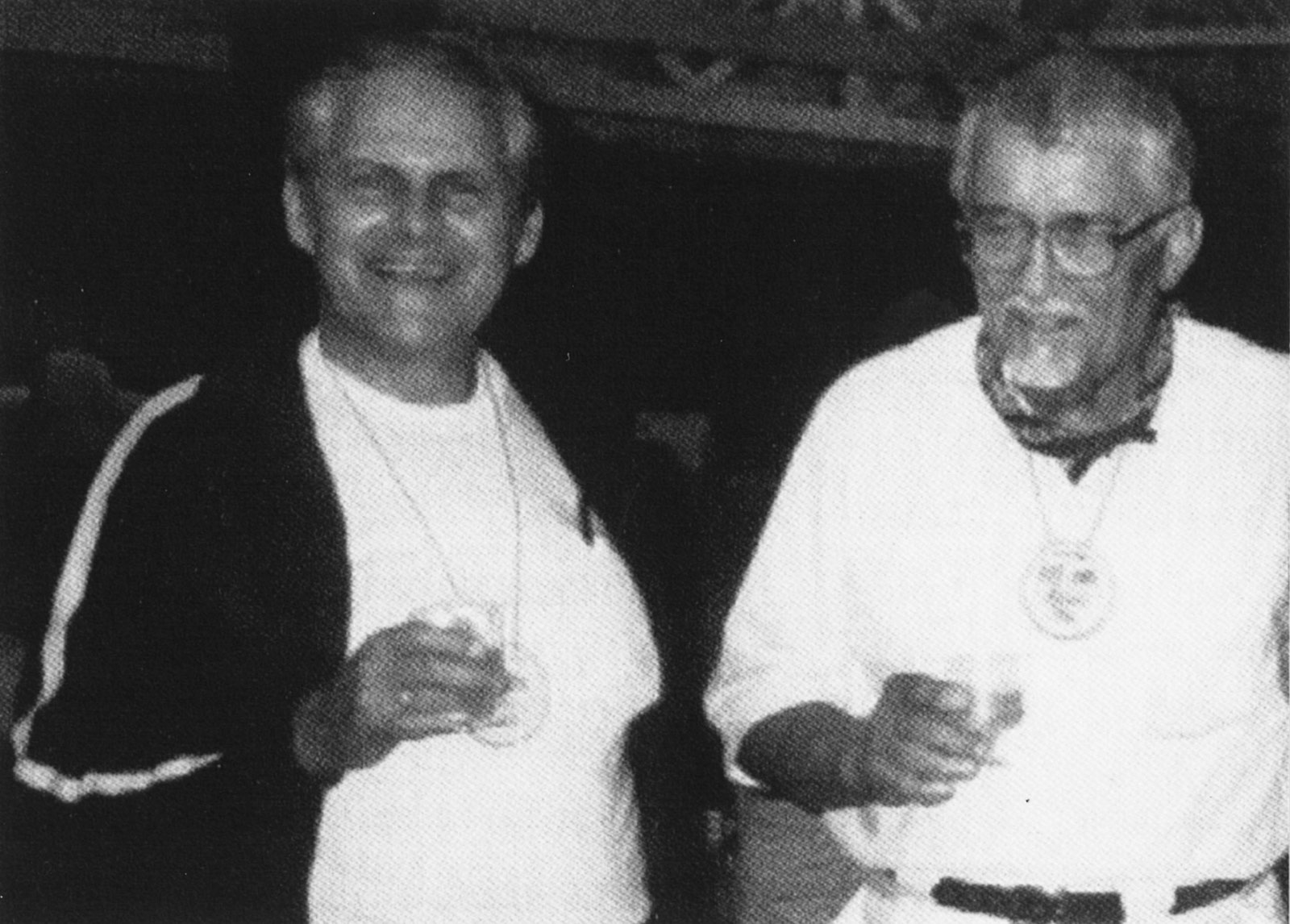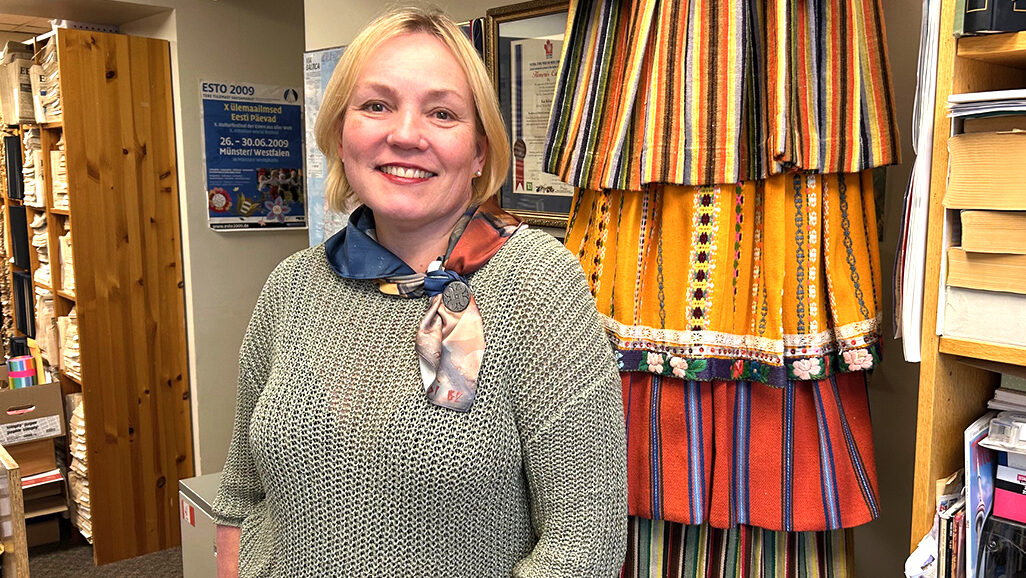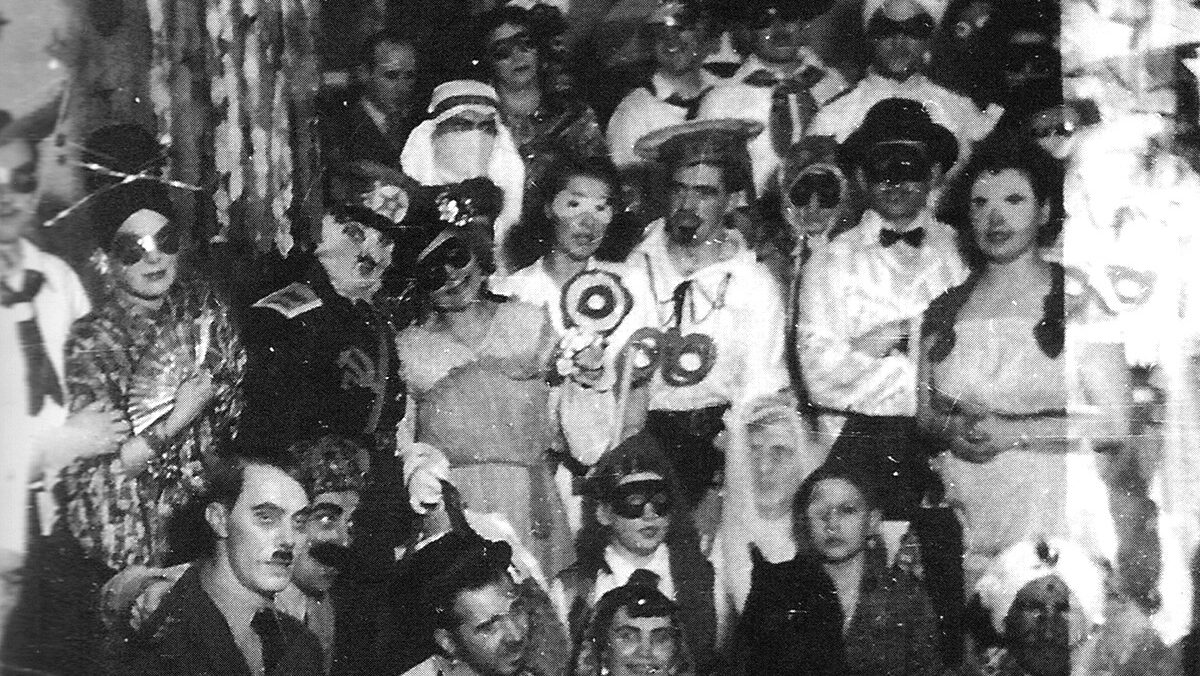Allow me to present a rare photo of two men who have made history. I say this with impunity because we are talking about an institution that has become a highlight in the Estonian global community, particularly during the challenging exile years. Founded in the beautiful Muskoka wilderness on a land the Estonians call Kotkajärve and mainly by these two men, this institution, called “Metsaülikool” (in English “Forest University”), is considered comparable to other main events in Estonian history.
Although founded in Canada, it has spawned worthy versions of itself in other locations. We begin by mentioning Australia, Sweden and the USA, but since the renewal of independence, in the country that was originally the inspiration of it all – Eesti, as the name Estonia is currently getting recognition. Yes, Eesti also created its own version of Metsaülikool and called it as such, an indication of highest respect.
The two men that I am highlighting in this article laid the groundwork for the half-century institution that caught the imagination of Estonians world-wide. The aim of Metsaülikool, aka Forest University, was to raise the level of Estonian identity and self-awareness among its educated youth at a time when the only free Estonians were those who had escaped deportation and possible death in 1944 and, of course, their youthful and active progeny in countries that had their freedom. The institution also inspired younger leadership in communities over the free world.
The man on the right might be called a guiding force for exile Estonian youth after the Great Escape of ‘44, both in Sweden and then in Canada. He was the legendary Heino Jõe, an inspiring leader and also a newspaperman. His young friend is called Olev Träss, who, while becoming a university professor at a young age, also took on community leadership responsibilities at the same time. They both shared a simple and concrete aim: educate Estonian youth at a higher level of awareness.
Both Heino and Olev refused to rest on their ideas but responded to required practical solutions. It was Heino who in the fall of 1966 called together Estonian youth to an event in Muskoka called “Sügiskulla päevad” (“Golden Days of Autumn”) where the idea for a new summer course was laid out. It was Heino who then called together representatives of Estonian youth organizations to the main meeting in Toronto’s Eesti Maja (Estonian House), a meeting designed to lay the groundwork for preparations. Then Olev took over.
Leading a committee of five youth leaders during the course of a series of meetings, he and his co-workers laid out the plans for a “Rahvaülikool” – a university-level seminar for young people. When the plans were submitted to the larger body, the election for an executive took place and the search for lecturers and activity leaders began.
The reality of a global “Forest University” was reinforced by the enthusiastic support from Estonians in the United States. This was absolutely necessary because the initial support from Canada was lukewarm. However, the relatively moderate representation who came to the first seminar on August 19, 1967, was so inspired that they took their message home to both countries so that at the inception of the second course in 1968 the number almost doubled. After that there was no looking back.
The success of Metsaülikool over the half-century has been indicated by the response from a free Eesti, from where we have seen an increasing number of participants as well as lecturers coming to the seminar. We have just read three depictions in Eesti Elu of young scholars from Estonia who are coming to make presentations and take part in the spirit, the flame that was lit by the founders of Metsaülikool.
While older founder, Heino Jõe, has passed away, Olev is still going strong and will be participating at this 55th anniversary of Metsaülikool on the land we call Kotkajärve in beautiful Muskoka.
Andres Raudsepp




